
|
| Accept Cookies | Customize | Refuse Cookies |
GTavasci www.juzaphoto.com/p/GTavasci  |
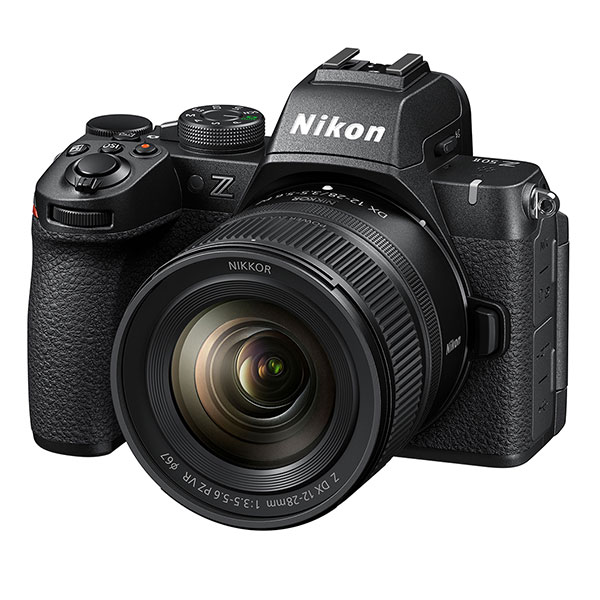 | Nikon Z50 II Pros: Cost, size and weight, ergonomics, AF, file quality, ISO tightness Cons: It is not stabilized, it has only one memory slot Opinion: I returned to Nikon, after so many years and at the same time that I decided to stop spending on top-of-the-line bodies and lenses. Let's say we wanted to try a sort of photographic peace of mind. So I started again from the two "entry level": the Z50 II and the Z5 II, ready to make a thousand sacrifices. Of the two, of course, I expected even less from the Z50 II. Instead, this car is surprising me more and more every day. It holds well in the hand and has many reprogrammable keys. The materials look good and in general the feeling is one of reliability. It definitely looks more like a mid level than a base. But the first real smile was snapped after trying the AF (with the 180-600), practically without having read the manual and everything set by default or by estimate. This camera has a very precise AF-S and an AF-C equal to or almost equal to much more expensive cameras I have had (A9, R5-I). The file it churns out, perhaps even at the not exasperated density of the sensor, is practically indistinguishable from that of the Z5 II. The noise from 1600 upwards changes, but very little. So little that to date I'm practically only using the Z50 II. Once to "lengthen the 600mm", once to go to the mountains lighter. I always find an excuse to prefer it, relegating the Z5II and the 24-120 to "future and different works". If this machine had the stabilized sensor and the second SD slot, it would be stratospheric for me. Certainly, it is already the best price/performance product ever had in decades of photography. Now, let's hope for some more stabilized lenses. The dedicated ones are few but surprisingly good for their price. sent on September 08, 2025 |
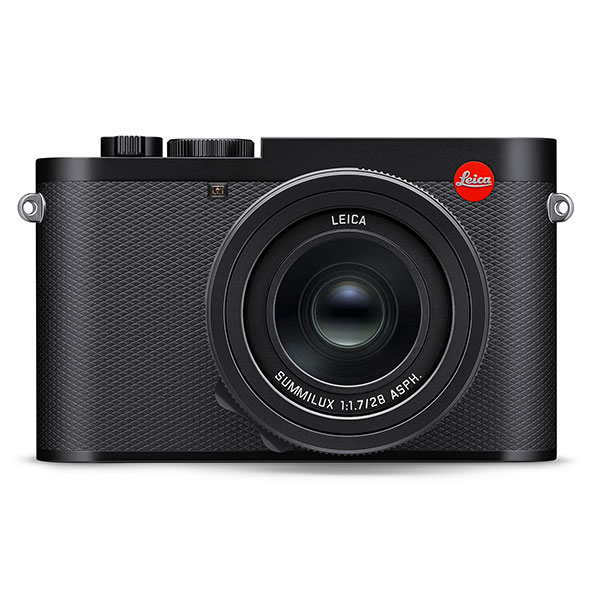 | Leica Q3 Pros: Immediate and very fun to use. Excellent lens and sensor. Best mobile APP of all. JPG nice and ready. Cons: I would have preferred to have two memory cards Opinion: Premise: photographer for pure and simple passion for over 40 years. I have had various Sonys, from the A7II onwards. I still have a Sony kit, new, complete and for me excellent. And here we are at Q3. I've been circling it since it came out. A full-frame compact with a better sensor than Sony, an excellent lens that performs well even at 1.7. Stabilized, not too heavy. There were many things that attracted me and reminded me of when I went around with my backpack and pashmina, through the alleys of the city that I still carry in my heart. On the other hand there was this 28 mm that I never chose as a fixed (I'm more 35) and also the fact that I never had a Leica before. Taken out of the box and taken in my hand, it gives me the feeling of being less heavy than it is. It is a bit unbalanced forward, due to the weight of the lens. It grips well, despite the fact that it doesn't have a grip and I didn't add it. With one hand under the lens, it becomes almost natural to hold it. You immediately notice the quality of the viewfinder and the display. I can compare it with Sony A1 and confirm that on the viewfinder they play it, while on the display this is clearly better. I really like having aperture ring, shutter speed ring and + dial button for ISO. The manual focus selector of the lens is right under the fingers and the macro mode is achieved with less than a quarter of a turn of the first ring. It makes me think that the lens was designed by "someone who photographs" and not just by a good engineer. The keys are few, enough for me. Everything becomes easy. After my usual shots in the house and garden (always the same, so much so that I compare the results almost by heart), I try it with the first trips. A small village on Lake Como, the city, the peat bogs of Sebino and some alpine panorama. Both the sensor and the lens are excellent. The Summilux is very clean even at TA (1.7) and this made me shoot in the evening with ISO100 and still safe shutter speeds. I appreciated everything about the sensor, including the pixel resampling. I can confirm that at 60/36/18 the images are always beautiful, obviously the possibility of cropping changes. The frames are fun to use but also very useful for me. I often use the 35mm one which helps me to compose in the style of my favorite focal length. On Lightroom you see the DNG in development cropped but it's still intact if you want to change anything. The JPG comes out as expected with the crop. Perspective control is a clever feature, I've tried it with a couple of churches and it's easy to use. There is more that I liked, but I stop and think: is it possible that there are so many idiocies and inaccuracies on this machine? sent on October 07, 2024 |
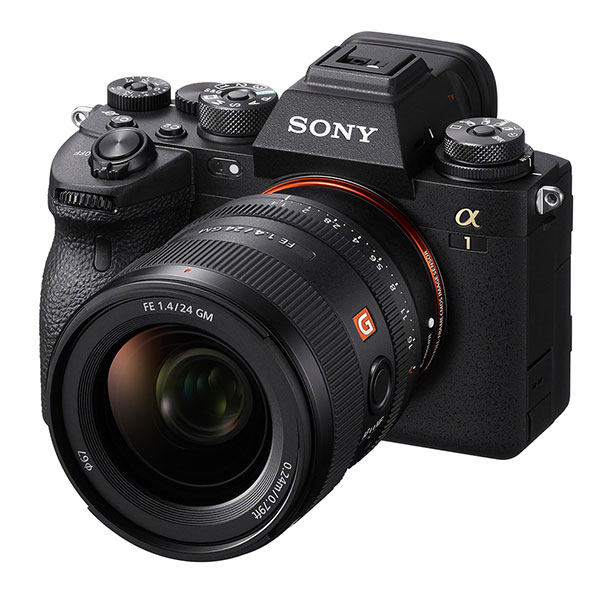 | Sony A1 Pros: Stacked Sensor (No Blackout), AF, Burst, Physical Controls (Rings, Turrets) Cons: A bit of ergonomics (I miss 1 cm at the bottom), display of a lower level than the rest. Opinion: I am not a professional but a simple amateur. The Sony A1 is the first flagship I've bought in many years, mainly because of the cost but also because I never felt up to or needed such tools. I've had, over time, other Sonys. The A1 attracted me for various things. The high resolution, already had with A7RIII. The sensor stacked, tested a few days with A9II. The 22Mp aps-c mode (thanks to the 50Mp starter), the good focus that I had already appreciated on the latest Sony I had. All in one machine. Beyond this, the sight, the burst, the two turrets and the additional rings. As soon as I had it, I mounted the 100-400 on it and went to the wildlife park to see if I could use it. I was a bit in awe of it but I didn't find it difficult. There are no abstruse functions (for photographers). What it gave me back is what I expected and even something more. It's ready, it's fast, it's reliable. The turret controls, for me, are really comfortable and simple. The viewfinder is excellent. For me, the display and a bit of the ergonomics (I'm missing 1 cm at the bottom) are disappointing. I've often read discussions about the point of putting professional models in the hands of amateurs. I've also read about how much the vehicle can add to personal technical ability. With the A1 in hand, I think I can say that even a flagship can be used without shame by an amateur and that such a vehicle does not hinder, with complexity of use, but facilitates the obtaining of interesting and quality shots (in my case thanks to AF, burst, viewfinder without blackout, high resolution expendable in cropping). It remains a personal choice to devote so much money to one's passion. sent on March 29, 2024 |
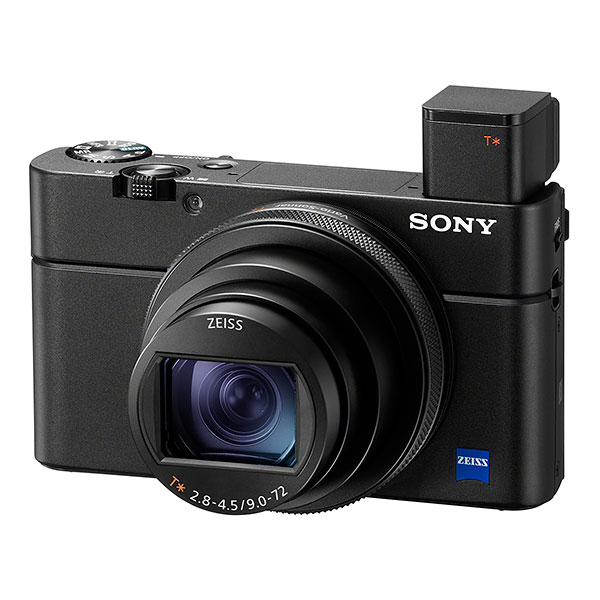 | Sony RX100 VII Pros: Size (see below), excellent autofocus, no burst blackouts, good light files Cons: Size (see below), Digital Noise in Shadow, Optical Distortion, Slow Operation, Price Opinion: I had the IV version of this little camera. The VII is light years ahead in terms of auto focus and the sensor allows sequential shots without obscuring the monitor and viewfinder. Otherwise, I found myself worse. The focal length is now much wider but the quality is lower than the previous one. The distortion, for those who shoot in RAW and post produce, is very high. Noise in shadows is very noticeable even at low ISOs. In good light conditions it changes a lot, but this applies to all rooms. The size, in my opinion, is the delight but also the cross of the RX100. You put it in your pocket, it's true, but without an extension of the handle, it slips out of your hand all the time. The other problem, which in this case it shares with the IV, is a bit of slowness in ignition. I believe that used in JPG and with all the corrections active (geometry, DRO etc.), it can give satisfaction to those who go out with the family and want to shoot moving scenes with simplicity and reliability. The focal length, sensor size, and less exasperated file processing make it superior to the smartphone almost all the time. Perhaps for those who think of adding it to the main kit to have something "always in their pocket" while conceding a little on quality, disappointment is more likely. That was the case for me. sent on November 20, 2023 |
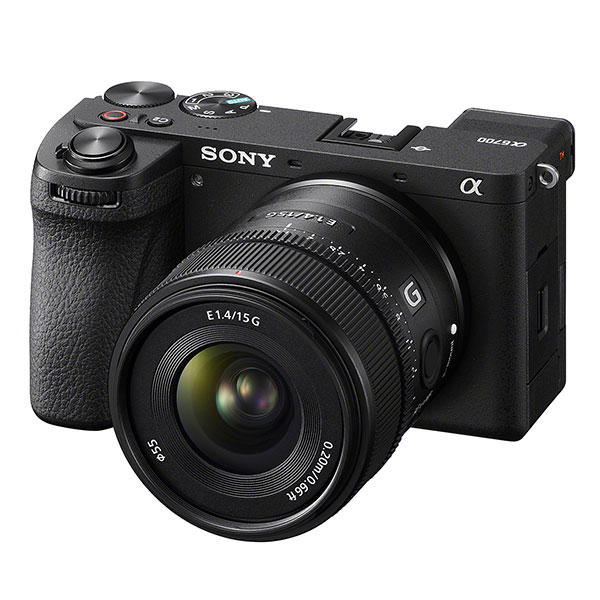 | Sony A6700 Pros: Fantastic autofocus. Low weight and size. Good battery life. Shooting quality. Cons: Ergonomics not excellent. Decentralized viewfinder. Stabilization still improvable. One SD slot. Opinion: I have been using FF and Micro 4/3 for a long time. This is the first APS-C I take, having always considered the format not as small as the micro 4/3 and not of quality equal to the FF. A middle ground, as it actually is. I open the box and discover that the cable and the power supply are missing. There is nothing apart from battery and strap. The arms become heavy. I take it in my hand and immediately wonder who put the two rings in that position. I will never find them on the fly. Arms at lead level. Then, I take it with me and go out. I turn it on while walking and I like the new menu immediately. The screen with touch icons as well. The viewfinder is definitely better than that of my A7C. It is light and small but does not escape from the hands. A little relief. I see a buzzard at a sidereal distance and point it. The A6700, by pressing the AF button set to tracking, hooks it immediately. She moves, the camera follows her. I move the camera left and right and the subject is always in the green pointer. Not bad. Too bad only for the decentralized viewfinder, typical of these compacts, which does not help to find the subject on the fly (with a pushed telephoto is really difficult). I search and find the "usual" cat. Here the A6700 first engages the body, then the head and immediately the eye. He doesn't let go. I start smiling. I go home and open the files with PS (Pure Raw still does not recognize the format). They are my usual test shots, shadows, backlight, from flowers to landscapes. Everything is normal, possibility of recovery shadows and lights not equal to the A7C but better than the OM-5. More evident noise than the FF already at 1600 iso but also manageable by PS / ACR. So I rate size and weight against the microscopic OM-5. As weight we are there, in size there is not an abyss. The lenses are larger but the ones I took (10-20 and others) are not at all exaggerated. And if I want quality and accept weight, I can also put those of FF. I spend the evening exploring the menu, the AF one in particular. And I have confirmation. This small room is a monster. It outclasses my A7C in AF, the menu is from another era, the viewfinder much more acceptable. Then he has the two rings, even if badly put for me. The spark has struck. We will go a long way together! sent on September 08, 2023 |
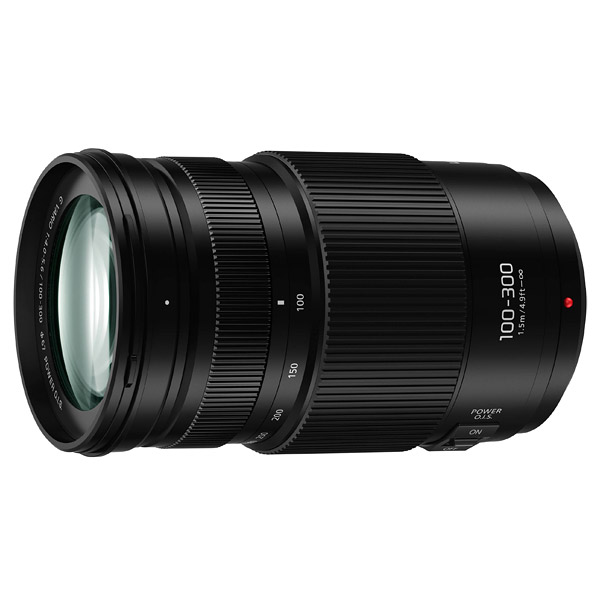 | Panasonic Lumix G 100-300mm f/4-5.6 II OIS Pros: Weight, size, price, equivalent focal length Cons: If used in view of its limitations nothing Opinion: I bought it without great expectations, given the cost (to say I paid 579 euros for a new 600mm is almost unbelievable). It is obviously an economic lens but not one that seems to disassemble just by looking at them. I tried it at home, just to make sure it worked, and then I left for Tanzania crossing my fingers. In good light conditions and with the warning not to use it at TA and maximum focal length (300), this lens is stunning. I took home hundreds of sharp shots with faithful colors. I am very satisfied with the result. sent on August 10, 2023 |
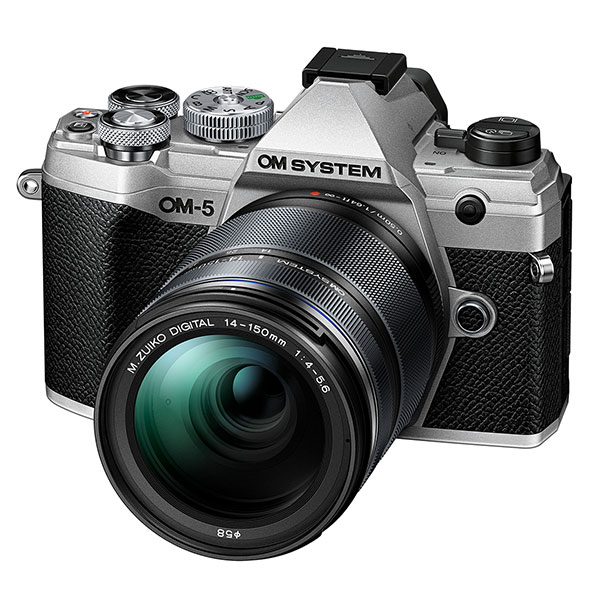 | OM System OM-5 Pros: Dimensions, weight, tropicalization. Stabilization. Perfect colors. WB great. Cons: Old USB port, Lack of joystick, AF not always ready. Opinion: For passion and a bit for work, I can use many systems, from the M43 from 500 euros to the FF of the A9II with Sigma Art lenses (in my gallery there are photos made with a bit of everything). I am also one who loves to have photos printed. Why this premise? Because beyond the specific features of the OM-5, the first thing I want to share (after almost 40 years of photography and a lot of equipment) is that the results obtainable with a modern mirrorless are in 90% of cases more than enough for any enthusiast. The OM-5, then. Of my M43 is the one I prefer because it is really small and light and very well tropicalized (not only on paper, it has already taken everything). I often ride with the 15 1.7 Leica but I have several lenses available and they are all excellent. Its stabilization is so good that with the 15 1.7 shooting in the evening at ISO 200 without any particular problems. During the day I enjoy the PDC that guarantees the system even with strong openings (so lower ISO and better GD). I have never had quality problems, in any condition. Always correct colors, WB great. Noise? For how I shoot, little. Taking advantage of the stabilizer and using luminous lenses hardly I get to 1600. I like Live Composite, it's fun and leads to amazing results. The built-in ND filters (it's actually their simulation) are very useful. I use very little HR shooting but for shots such as stills of products or static landscapes I think it is interesting. What I don't like is the micro usb port (amazing). The ignition I moved to the right selector and I'm better. It lacks a joystick that for me is always comfortable. I wish I could quickly activate the focus at the center point, after moving it. But in the end they are small compromises. When I get home and download the files I am always more than satisfied. If you are looking for low weight, small size, high stabilization and true tropicalization, there is no better choice than this. Take quality lenses (on the M43 they cost much less than on the FF) because they matter more than the body and the system/sensor. sent on June 01, 2023 |
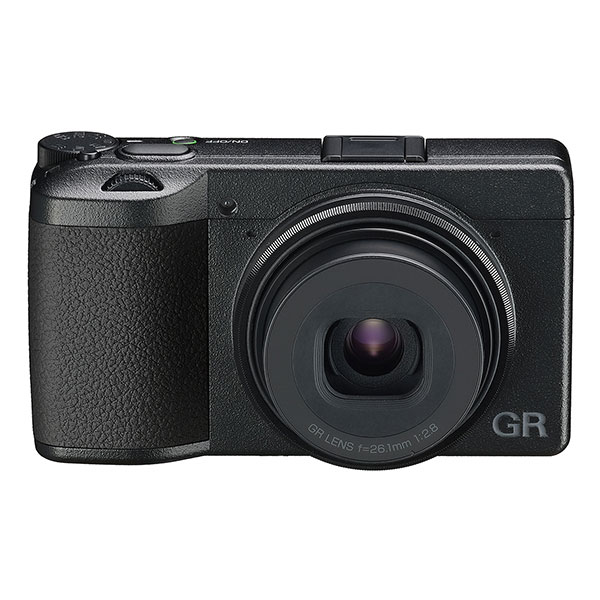 | Ricoh GR IIIx Pros: Image quality, weight and dimensions, touch ae/af/shot Cons: battery, autofocus Opinion: I bought this car just before a short family vacation. At first glance it seemed well built and less delicate than I thought. I found the menus quite clear, I use them in English but also in Italian I have not seen terrible things. Weight and dimensions are optional. In the first shots, I noticed uncertainties with the AFS, even with good light and decent contrasts. So I started by using snap focus often. Then, I activated the touch on the screen for AE/AF + Shooting (all with a single tap) and I found myself much better. In this case, if the camera does not focus, it still shoots with the snap focus settings. I put it in manual, so as to choose time and aperture, and I left the automatic ISO. I didn't miss a beat. All the photos came out as I expected and with a pleasant surprise: even at high ISO this sensor works really well. I have souvenir photos of dinners at ISO 6400 perfectly usable on the screens of our devices. In good light photos the result is excellent. I wouldn't really be able to distinguish a shot taken with this camera from one taken with my FF if I couldn't see the shooting data. I liked the 40mm focal length equivalent. Given the results, this little lens must be a Mr. Glass. With the functions I activated and the type of use I made of them, without too many reservations, I had to use two batteries to make 200/250 shots. I set the brightness of the display as the first function of the quick menu to overcome the problem of readability in strong light. Things improve, of course, but the battery goes down on sight. In some cases, I had to snap a little on trust. Net of everything, I think it is the best compact ever had and I would buy it again without hesitation. sent on April 12, 2023 |
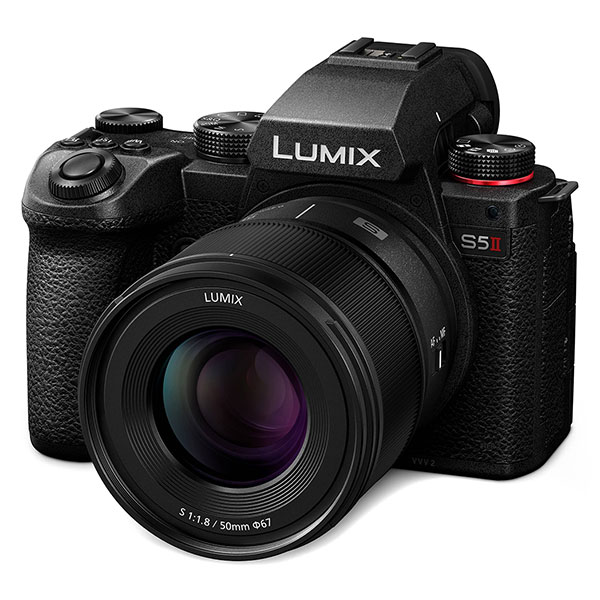 | Panasonic S5 II Pros: Price. Solidity. Ergonomics and control arrangement. Functions. Stabilization. Classic (great) FF sensor file. Cons: A big and heavy wire. Not generous battery. Lack of sensor protection. Original lenses sometimes expensive (70-200). Opinion: The first sensation, opening the box, was to have taken a bigger and heavier car than usual. The design is square, essential. My last FF was the Sony A9II and, although there is not an abyss on paper, the feeling is that there is a noticeable difference. As all enthusiasts know, AF tracking and eye/face recognition are not as performing, but they work quite well. The battery is definitely less capable (I would say it takes half the shots) and lacks sensor protection. Obviously, we are not in the stacked sensor band. The disadvantages for me end here. Because, in my humble opinion, the S5II is equivalent or even superior in something else. First of all, it costs less than half. This also reminds me that the comparison is improper, but I had that and I referred to that. The ergonomics are much better. The physical commands are the ones I've always wanted and are very well put. The AF control with mode dial (AFS, AFC, MF) and central button for areas/tracking is convenient and intuitive. The three buttons behind the shot have a decreasing height and are easy to memorize and find. Finally, I go back to not moving my eye to look for a command or a menu. There is also the touch screen and here it works very well, we are at the level of a smartphone. The file is the classic and excellent / workable file of the full frame. As far as I can tell, I don't see any difference in terms of workability compared to the Sony file. It seems to me very similar to the A7III that I had before the A9II. My presets that worked well on the first, also do it on the second. The problem is that at the moment C1 and other applications do not see this format/model. It will take a few days. With Luminar and ON1 I had no problems. To give me a feeling of greater confidence, also contributes the stabilizer which is far better than that of the A7III/A9II. Only with the Olympus OM-1 and the Lumix GX-9 (two MFTs) I found better and we are not far away. The machine has all kinds of BKT, has the HR file and everything you can read on the Panasonic website, of course. What I can say is that everything is easily understandable and well put on the menus. In addition to this, I point out two intelligent things for me: the viewfinder can be easily switched to B / W (perhaps wanting to focus more on contrasts but without altering the shot) and there is also the night mode of the display (monochrome red) for those who go out for the night and maybe another enthusiast is next to it. It produces files of about 30Mb in raw. It has no advanced compressions (without losses) but with 30Mb you still work well. I'm using it with a Sigma 16-28 2.8 and the combination is fine. Unfortunately the 24-105 Panasonic F4 I arrived defective and I await the replacement. I know it's also very good for videos but I don't do any and I'm not able to say anything about it. I think I've rediscovered the taste of photographing without having to deal with half the time of the camera. sent on February 07, 2023 |
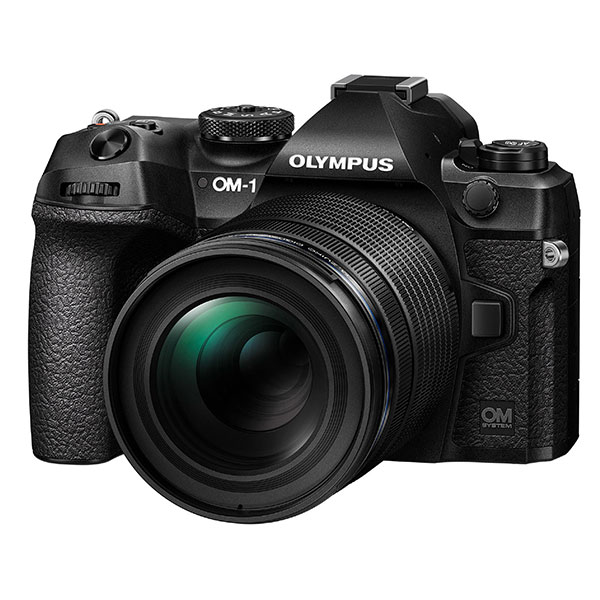 | OM System OM-1 Pros: Compact and quality lenses. Ergonomics. Total weight. Various bracketing modes. Excellent battery. Impressive stabilizer. True tropicalization. Cons: Some incomprehensible behaviors (FW 1.2). Some computational brain functions. Malleable raw file but not of great quality. Uncertain AF in tracking. Opinion: I usually use a Sony A9II with Sigma Art lenses. I was looking for a lighter and more compact solution, but of quality, to always carry with me. When I saw the OM-1 test, I was teased by the promise of focus stacking and freehand ND filters. In addition to the compactness of the lenses and the overall weight, I would also leave the tripod at home. I took body and lenses 8-25 and 40-150 both F4 PRO. I've been using it for a few days and I have a somewhat fluctuating impression of it. The problems of reset settings to the lens change and others that I had I think are related to firmware 1.2 (in fact I read that many others have found bizarre). What remains unexciting for me (for me and for my habits, of course) are the difficulty of understanding the focus stacking in the car (frames and steps I tested them in every way) and a file that is more distant than I hoped from that of my main set (obviously I knew of a result not the same but I hoped better in some situations). What I appreciate is that with a handbag I carry body and lenses (from 16 to 300mm corresponding FF), that I have a very good ergomically good camera, a very nice and uninterrupted viewfinder (the machine has the sensor stacked like the A9II) and still a general result more than acceptable in the images. Finally, I would not like to leave out a mention of the greater depth of field with the same aperture (compared to FF). For me, who tend to compose and make many environments and landscapes, it is an undeniable advantage. Update for firmware release 1.3. Continuous focus has now improved. I like the car more and more. sent on October 30, 2022 |
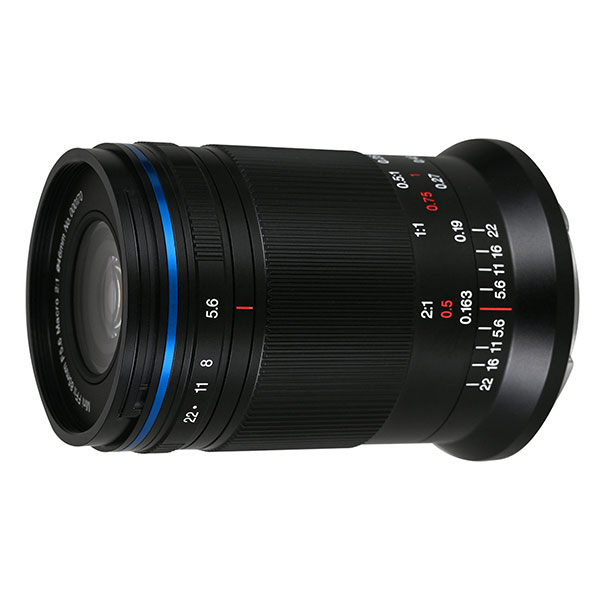 | Venus Laowa MiniFF II 85mm f/5.6 Macro 2:1 Pros: High detail. Small and light. Quite neutral color. Metal body and hood suggest good durability. Cons: Really bad to see. The diaphragm ring is in an unusual position, has no sharp shots and only shows some values in graphics. The MF bezel for me is a bit short/direct. The hood hooks up with a little effort. It starts from a 5.6 aperture (but I think they are almost always used with a very closed aperture in macro). Slight TA diffraction. Opinion: The first thing you notice, looking at it, is the strangeness of the length/diameter ratio. Mounted is simply ugly but, of course, this is not the most important feature for our glass. The diaphragm ring is placed at the top (where there is usually the MF) and does not indicate in graphics all the openings but only a few, although the clicks confirm the usual jumps. I would have liked a step for the longer fire ring (to better explain, let's say a demultiplication of the ring pitch). The hood is metallic. I had a hard time putting it in. Once hooked it remains firm. I took the first test shots on a mini-table bench that I prepared with a "third coat" as a welder. Machine on gorilla-pod, subject stopped by pliers and LED panel to illuminate. Given the first impact not really comforting, I expected a disappointing result. Instead, it was mind-blowing. I observed the RAW with C1 enlarging even beyond common sense and noticed a constant and excellent detail, even towards the edges (Sony A7R3, aperture between 11 and 22, ISO 100). I did not see vignetting (it starts from a 5.6 aperture and I did not expect it) or obvious aberrations. With the care of putting the machine in axis, and perhaps also thanks to its focal length, I did not see distortion or it was not quite evident. On the validity of the 2:1 ratio I do not have sufficient competence to express myself. I liked the size of the subject in the frame. In short, I believe this lens is an ugly duckling. So, in the right hands, potentially destined to become a beautiful swan. sent on January 19, 2022 |
 JuzaPhoto contains affiliate links from Amazon and Ebay and JuzaPhoto earn a commission in case of purchase through affiliate links.
JuzaPhoto contains affiliate links from Amazon and Ebay and JuzaPhoto earn a commission in case of purchase through affiliate links.May Beauty Be Everywhere Around Me